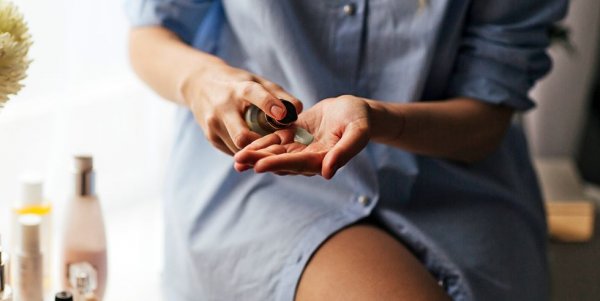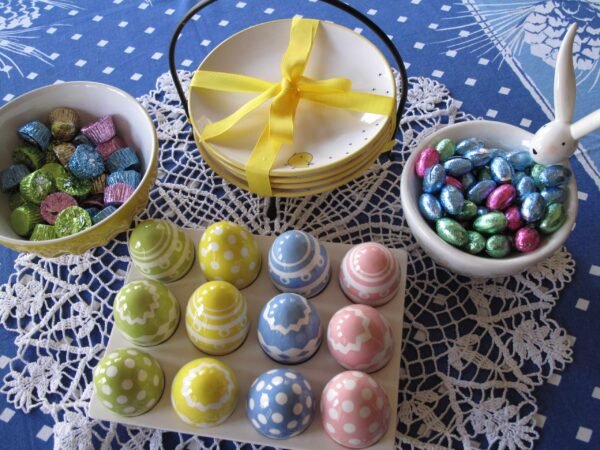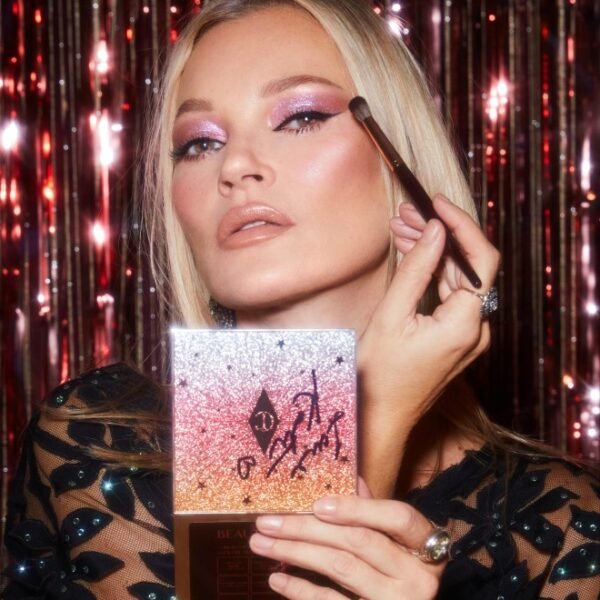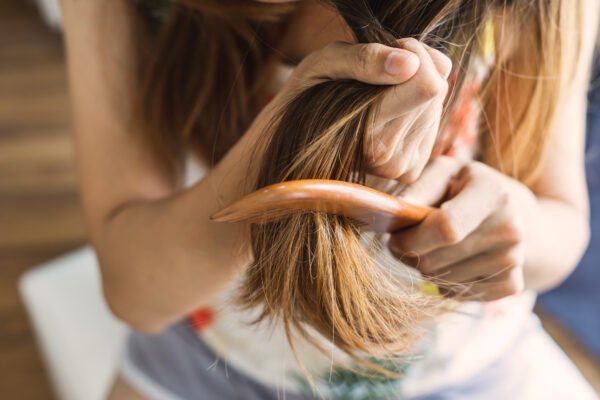
Why Sustainable Beauty is the New Organic Beauty
With 99% of beauty packaging being thrown out after just one use, Beauty Kitchen Co-founder and sustainable beauty pioneer Jo Chidley shares her thoughts with YCB on why sustainable beauty is the new organic beauty, with revolutionary practices now being utilised – such as biotechnology.

Unless you’ve been under a rock the last ten years, you would have seen ‘organic’ products on the rise, from eggs, to shampoo, to milk. According to the SOIL Association the organic market is now worth £2.33 billion, following seven consecutive years of growth and the industry is expected to be worth £2.5 billion by 2020.
However, with 99% of beauty packaging being thrown out after just one use and with approximately eight million metric tons of plastic entering the world’s oceans every year (the equivalent of one rubbish truck of plastic every single minute) ensuring products are more sustainable has now become the forefront of many brands and consumers’ minds. Taking over from the ‘organic’ status of previous years.
Sustainable and organic do not mean the same thing
Organic products use natural fertilisers from plants and have more respect for the animals that provide the materials, than non-organic products, yet can be produced on large industrial farms that are not sustainable. Whereas, sustainable practices can lead to higher yields over time, with less need for expensive and environmentally damaging inputs.
The Social Association explains that organic standards focus primarily on creating farming standards that work with nature, encouraging practices that improve soil quality, biodiversity and animal welfare to create sustainable, healthy farming that allows land to remain fertile long into the future.
“Organic principles are based solely on ingredients rather than looking at the total product, so you can have the most amazing organic tomatoes that are then put in a single use plastic container, wrapped in plastic. Sustainable practices ensure that they are water, energy and humane efficient that can be maintained over a long period of time,” explains Beauty Kitchen Co-founder and sustainable beauty pioneer Jo Chidley.
“Sustainability doesn’t just start and end with ingredients: It means looking at every single element of that product’s journey, from the very first resource to someone’s bathroom cabinet – that’s the difference between organic and sustainable,” adds Jo Chidley.

‘Organic’ is not always what it seems
There are companies out there that misuse the terms Organic and this is tough for the certification bodies.
“Marketing departments have a great way of using a trend to gain a higher price point, by stating that the product is organic, but do not pay for the certification. I think this needs to be called out more. Consumers are trusting of brands and there is no regulation to stop companies creating their own logo. They are using the trusted symbols that the organic certifiers have built up over time to their advantage and not leaning in to support these important organisations,” explains Jo Chidley.
Sustainable harvesting is not always ‘organic’
When you grow a plant whether organically, or not, this needs to be harvested (which is essentially killing it) and then it needs to be replanted the next year. Using the sun, soil and water are the most natural (and organic) way of creating ingredients used in the likes of beauty products, yet this is not always the most sustainable way.
“From an ingredient’s perspective, sustainability is about efficient use of resources. There are other options that have recently appeared that are scientifically sound and have a positive impact on the planet, however, can never be called organic. A key example is plant milking which means the plant can be harvested several times as it’s the roots that are milked for their active ingredients. This technology uses greenhouses and natural nutrients to feed the plant, although this can never be called organic due to the bio technology that is used. However, it is the most sustainable way to get these ingredients. For me, sustainability is where the natural and scientific worlds come together,” explains Jo Chidley.
Biotechnology could be revolutionary for our environment, yet is not ‘organic’
Biotechnology continues to play an ever-increasingly crucial role in cosmetics formulation through bringing an ever more efficient and effective means of replicating and producing a range of raw materials that play an important part in cosmetic formulation. Yet, due to how products are made through this practice they cannot be classified as ‘organic.’
However, this practice is not ‘off the hook’ either as there is a range within biotechnology known as nano technology. The research is still so new to confirm its overall safeness to humans and the environment.
Reduces the carbon footprint
For example, using farming techniques that can support sustainability, we get more yield from strawberries now than ever before as they are in poly tunnels and are placed on shelving, which means that we get more through using less space. This helps to limit our reliance on imported goods and cutting food miles.
Helps to protect raw materials
Biotechnology can reduce the need for raw materials, which can be monumental for those that are at risk. For example, with sea temperatures rising many kelp forests are being destroyed.
Beauty Kitchen uses natural biotechnology to grow its microalgae in the Seahorse Plankton range in a photobioreactor (which resembles a big greenhouse), as the brand does not want to take this ingredient from the dwindling seahorse population.
“This is a carbon positive ingredient as when algae is made, it absorbs sunlight and co2, releasing oxygen. This chemical process releases energy, which we sell back to the electricity grid. Our seahorse plankton can never be classed as an organic ingredient due to the way it’s grown – however it is the most sustainable way to make this ingredient,” explains Jo Chidley.














































